Myth 1: Structural Changes are Mandatory for Vastu Compliance
One of the most prevalent misconceptions about Vastu is that one must undertake significant structural changes to their property to make it Vastu-compliant. This belief has led many individuals to embark on expensive and often unnecessary renovation projects. The truth, however, is that Vastu can be applied without major structural alterations.
Reality: Vastu emphasizes the optimization of natural energies within a space. Instead of modifying your home or office layout, you can achieve Vastu compliance by making simple, non-invasive changes like rearranging furniture, using colors strategically, and incorporating specific objects or symbols. These changes can bring balance and positive energy to your environment without breaking the bank.
Myth 2: Vastu is a One-Size-Fits-All Approach
Another common myth is that Vastu principles are rigid and universally applicable to every space and individual. This misconception has discouraged many from exploring the benefits of Vastu, assuming it won't suit their unique circumstances.
Reality: Vastu is a flexible science that considers the individual's specific needs and the unique characteristics of their space. A skilled Vastu consultant will tailor recommendations to align with your goals and the layout of your property, ensuring that the remedies are personalized and effective.
Myth 3: Vastu is Associated with Religion
Vastu is often wrongly perceived as a religious practice, causing some to shy away from it due to their religious beliefs or non-beliefs.
Reality: Vastu is not a religious practice; it is a scientific and architectural discipline rooted in the balance of natural elements and energies. It can be applied by individuals of any religious background or those who do not follow any religion.
Myth 4: Vastu Requires Costly Gemstones and Charms
Some misconceptions suggest that Vastu compliance involves purchasing expensive gemstones, charms, or talismans.
Reality: While gemstones and charms can be used as remedies in Vastu, they are not mandatory. Simple, everyday items can often serve the same purpose, such as mirrors, wind chimes, or plants. These affordable alternatives can be just as effective in enhancing the energy flow in your space.
Myth 5: South-Facing Homes are Always Inauspicious
Many believe that south-facing homes are inherently inauspicious in Vastu, leading some to avoid buying or living in such properties.
Reality: Vastu does consider the direction of a home, but it also takes into account various other factors, including the shape of the plot, the location of entrances, and the interior layout. South-facing homes can be made Vastu-compliant through proper design and remedies, just like any other direction.
How to Apply Vastu Principles Without Structural Changes
Now that we have debunked some common Vastu myths, let's explore how you can harmonize your space without resorting to unnecessary structural changes:
1. Consult a Vastu Expert: Seek guidance from a qualified Vastu consultant who can assess your space and provide personalized recommendations. They will help you understand your specific Vastu needs and suggest non-invasive remedies.
2. Rearrange Furniture: Simple changes in furniture placement can significantly impact the energy flow in a room. Ensure that furniture is positioned to allow for easy movement and access to natural light.
3. Use Colors Wisely: Vastu recommends specific colors for different rooms. Incorporate these colors through decor items, curtains, and accessories to create a balanced atmosphere.
4. Balance the Five Elements: Vastu revolves around the five elements - earth, water, fire, air, and space. Ensure a balance of these elements in your space by incorporating relevant materials and decor items.
5. Introduce Natural Light and Ventilation: Adequate natural light and ventilation are essential for positive energy flow. Keep windows and doors unobstructed to allow fresh air and sunlight into your space.
6. Incorporate Vastu-Friendly Objects: Items like mirrors, plants, and wind chimes can be strategically placed to correct Vastu imbalances and enhance positive energy.
Conclusion
In conclusion, it's crucial to dispel the common myths and misconceptions surrounding Vastu to harness its benefits effectively. Remember that Vastu can be applied without major structural changes, and personalized recommendations from a Vastu expert can guide you in optimizing your space for harmony and well-being. Embrace the essence of Vastu and create a positive environment in your home or workplace without unnecessary renovations.
Why Choosing Us
100% Certified
Authentic Documents, Showcasing Legality100% Customer-Centric
Customization As Per Client's RequirementLifetime Assistance
Offering Services For The Entire Lifespan


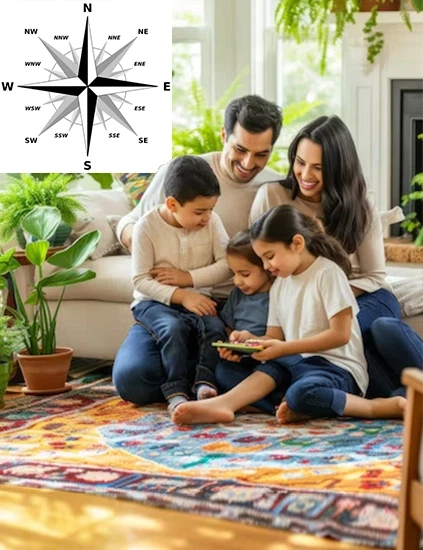



.jpg&w=750&q=90)
.jpg&w=750&q=90)



.jpg&w=750&q=90)
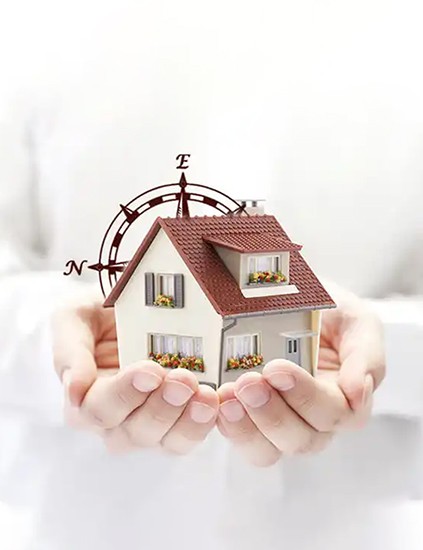

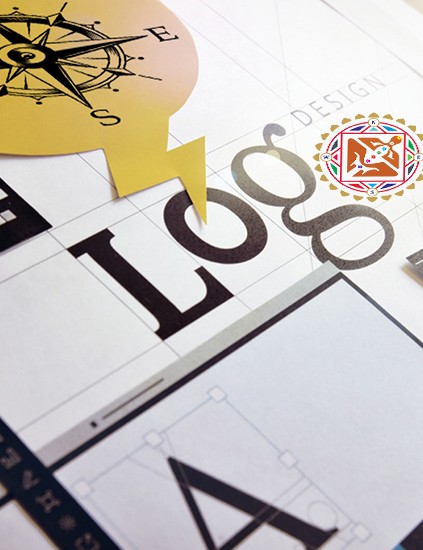
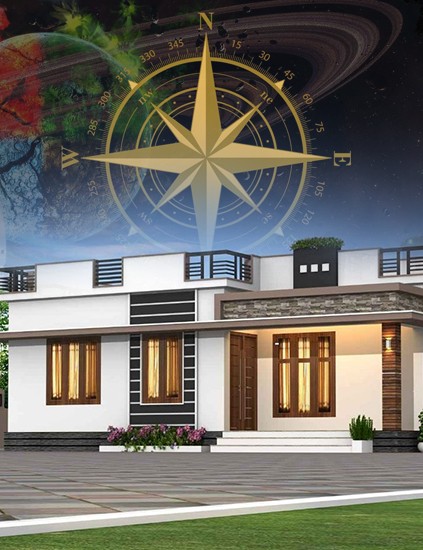
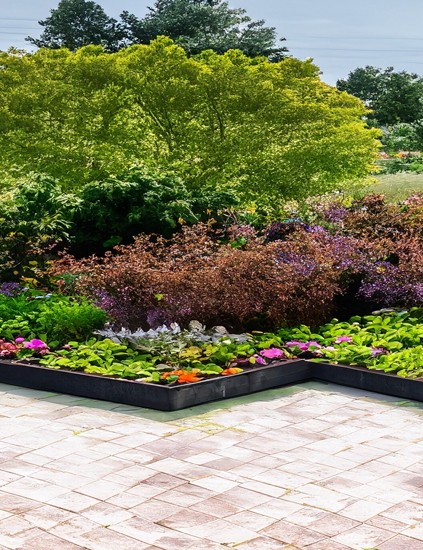
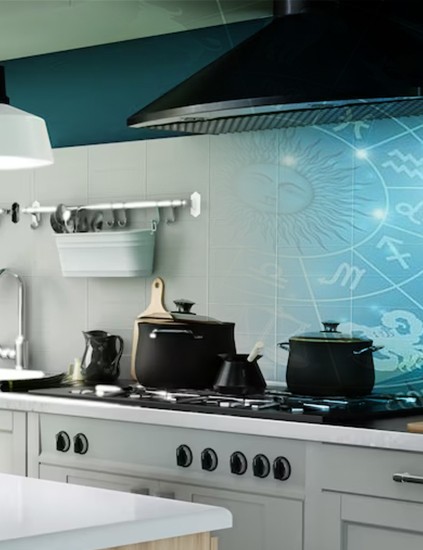

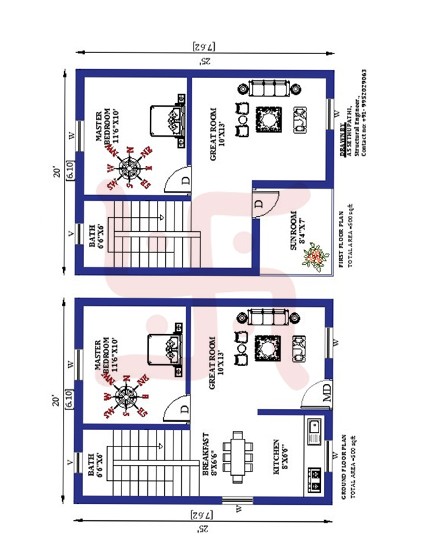






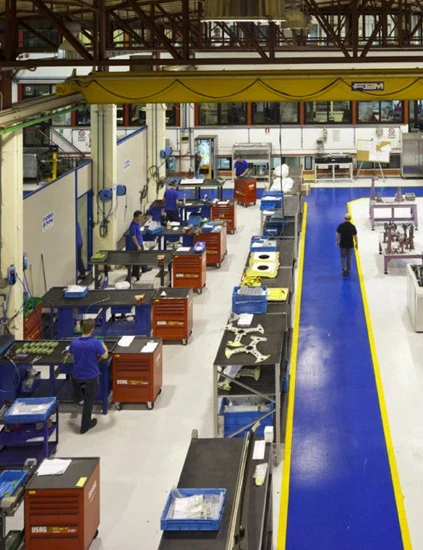


.jpg&w=750&q=90)